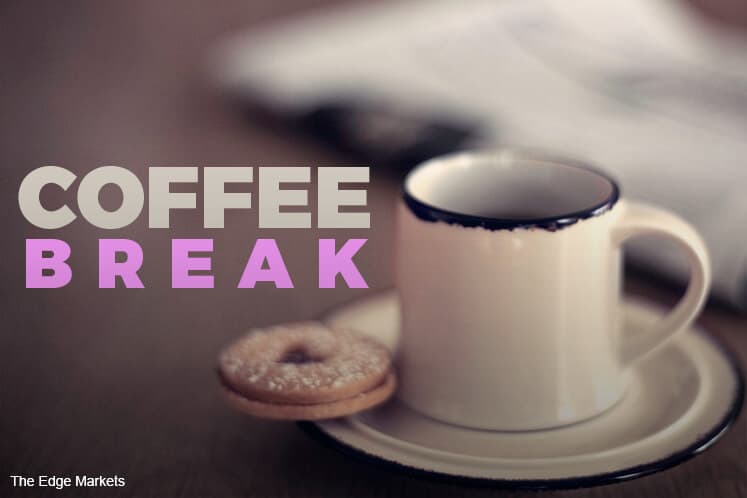
This article first appeared in Capital, The Edge Malaysia Weekly on September 11, 2017 - September 17, 2017
A couple of weeks ago, a comment that Malaysia’s gross domestic product (GDP) should be measured in US dollars sparked a furious debate on what the headline figure is supposed to reflect. Some felt that Malaysians cannot really relate the pinch they are feeling to the economic growth that the GDP figure apparently shows.
This begs the question as to what the figure can tell us about the people’s actual experience.
Somewhere between the GDP figure and the question lies a slip — the growth rate is directly related to the people’s quality of life.
It’s quite easy, really, to call out that fallacy. Econs 101 will do with its definition that GDP is the total value of goods and services produced within a country in a year. It’s obvious that this may not be the best measure of true well-being.
For one, it doesn’t reflect how much economic welfare a citizen enjoys. Even a GDP per capita breakdown doesn’t do the trick. Take the imbalance in income distribution — a fresh graduate like me obviously can’t have the same shopping list as a Forbes list nominee.
The GDP figure also doesn’t tell us anything about the environmental quality or social welfare of a country. What about the standards of healthcare and education, let alone whether people are actually happy?
All these shortcomings have led to alternative measures of well-being. The Human Development Index (HDI) and Bhutan’s ever-popular Gross National Happiness (GNH) Index somewhat fill the gap but somehow, there’s a feeling that we’re missing out on a vital something.
Like so many solutions to life’s puzzles, the answer could well be right under our nose — the mother of all indices, so to speak.
Let’s call it the waist-to-hip (WTH) Index, which will measure the average waist-to-hip ratio of the female population in this country. If that’s too sexist for your liberal mind, maybe we’ll measure the men too, but let’s leave the parameters undefined for the moment.
Before you start shaking your head, let me assure you that this index is a legitimate measure of national health. Studies show that the WTH ratio can measure obesity, the risk of developing serious health conditions and even fertility rates, all of which may affect economic productivity in one way or another.
But let’s get real. As a journalist, I need to generate headlines that people find sexy ... literally. Research has shown that there is, in fact, an optimally attractive female WTH ratio (0.7), possibly linked to the myth that wider hips on a woman make child-bearing easier and is something men should prioritise when seeking a mate.
Also, stories about the WTH Index would be far more personable and relatable than abstract GDP figures. Instead of referring exclusively to economists, we could give the man in the street a chance to engage in this economic benchmark. For example, what are the latest diet trends? How can you affect the WTH? Are there any trade-offs between enjoying good Malaysian food and doing your part to keep the national WTH ratio in check?
While we’re on the subject of food and statistics, could we also add a new measurement of inflation? Call it the Nasi Lemak Index. Or a Teh Tarik Index if you think the price-controlled ingredients of nasi lemak make it a bad benchmark.
A local answer to The Economist’s Big Mac Index (which measures the purchasing power parity of various populations via cross-country price comparisons of a Big Mac), the Nasi Lemak Index would act as a national time-series of inflation comparable to the Consumer Price Index (CPI).
The hope is that this index will finally nail the question of why the CPI doesn’t seem to tally with whatever inflationary pressure Malaysians feel whenever they pull out their wallet to pay for a cup of tea. The last time I checked, teh tarik cost twice what it did last year — that’s an inflation rate of 100%!
You don’t have to believe me. But numbers don’t lie, right? After all, aren’t there only so many damned lies you can tell with statistics?
Save by subscribing to us for your print and/or digital copy.
P/S: The Edge is also available on Apple's AppStore and Androids' Google Play.